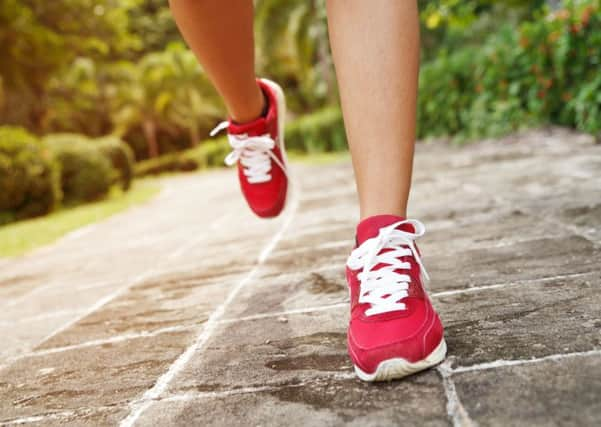Leeds academics make breakthrough in exercise study


In a study of mice, scientists have identified a mechanism that ‘switches on’ the exercise response in mammals, opening up the possibility that drugs could eventually be developed to produce or enhance the health benefits of physical activity.
The research team - led by the University of Leeds - has found that a protein called Piezo1 in the lining of blood vessels is able to detect a change in blood flow during exercise.
Advertisement
Hide AdAdvertisement
Hide AdDuring physical activity, as the heart pumps more blood around the body, it senses the increased pressure on the wall of the blood vessels. In response, it slightly alters the electrical balance, resulting in the blood vessels constricting.
This allows more blood to reach the brain and muscles actively engaged in exercise.
The discovery said to be ground-breaking because it identifies for the first time a key biomolecular mechanism by which exercise is sensed.
Scientists believe the health benefits of exercise may be linked with the fact that blood flow is being controlled to the intestinal area.
Advertisement
Hide AdAdvertisement
Hide AdProfessor David Beech, from the Leeds Institute of Cardiovascular and Metabolic Medicine and lead investigator, said: “If we can understand how these systems work, then we may be able to develop techniques that can help tackle some of the biggest diseases afflicting modern societies.”
“We know that exercise can protect against heart disease, stroke and many other conditions. This study has identified a physiological system that senses when the mammalian body is exercising.”
The research, based on studies using mice, has been published in Nature Communications. The Piezo1 protein is also present in humans, and scientists have recognised that physical activity in humans also increases the pressure on the lining of blood vessels.